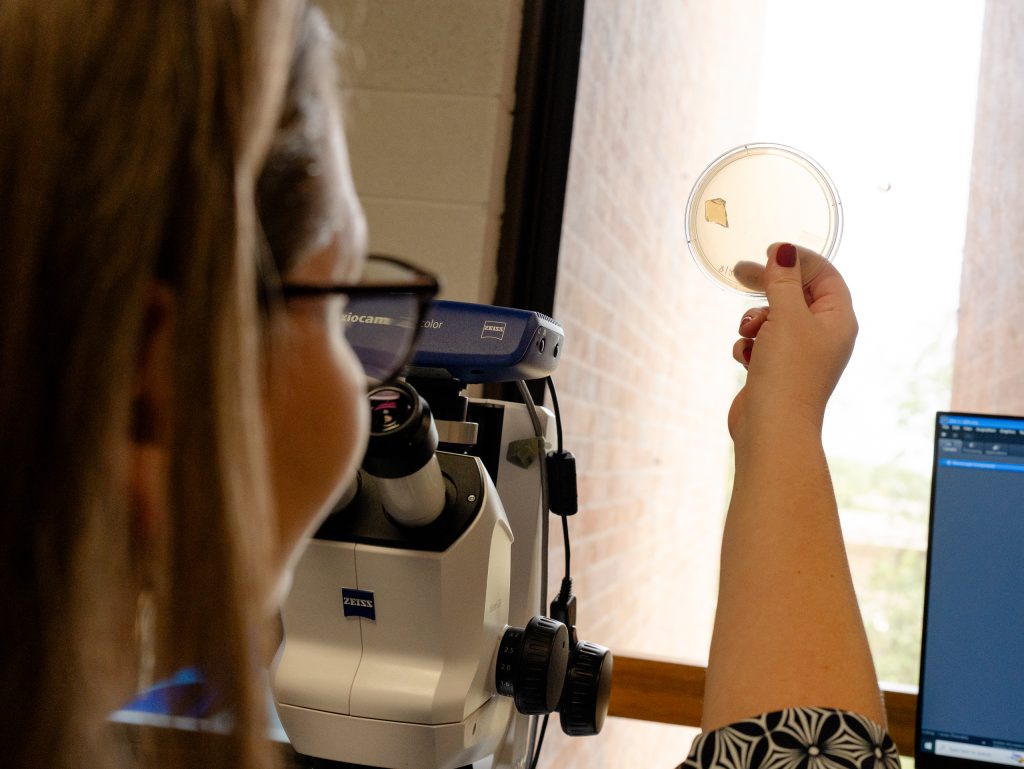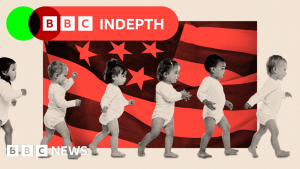My goal in talking about the currency redesign with my students was to show them how research has shaped their lives, often in ways they didn’t even realize.
While frequently focused on those who have faced long-standing barriers to these resources — for example, racial and ethnic minorities and people with disabilities — the results of research related to DEIA are often applied to help all people achieve their potential.
However, research that would be considered DEIA work has made influential contributions to society over the past few decades — it raises the question of whether any flagging is actually right. The backlash to anti-DEIA research seems to have started with criticism of DEI-related human resources training in workplaces . But the word list goes well beyond what would appear in HR training.
DEIA research identifies the problems and proposes the solutions. Solutions such as translation services for the hearing impaired, parental leave for mothers and fathers, pay equity, time off for religious holidays and lactation rooms for nursing mothers all stem from what could be labeled DEIA research and advocacy.
For instance, lactation rooms came about based on research into what working mothers needed to ease their return to work after pregnancy. This included research into breast pumps and even architectural research on how to best design these rooms.
DEIA contributions
DEIA work is nothing new — just the label is . After all, it was DEIA research in the 1950s that psychologists Kenneth and Mamie Clark presented to the Supreme Court to argue that school segregation harmed children, leading to the banning of the policy.
This work continues today as new DEIA research reveals that schools are often still racially homogenous . That means many American students still go to schools where the student bodies are primarily white or primarily racial minorities. However, the reasons for these divides are no longer due to segregation being the law.
In the 1970s, it was DEIA research that inspired the Education for All Handicapped Children Act of 1975 and led to the creation of special education practices for neurodiverse students. These practices have improved educational outcomes for students with dyslexia, ADHD, autism and a variety of other neurodiversities.
And DEIA research is continuing to review and improve these practices today.
Starting in the 1980s, it was also DEIA research that led to HIV/AIDS , a virus disproportionately affecting the LGBTQ+ community, no longer being a death sentence. Doctors now have a drug that prevents HIV, including preventing the transmission of HIV from mother to infant .
Just today, I received a news alert about scientific breakthroughs in the neurological study of postpartum depression . Because “women” and “pregnant people” are on the list of terms flagged as DEIA-related, studies on postpartum depression could be considered DEIA.
DEIA science on DEIA science
It is DEIA science that has demonstrated how diverse research teams promote innovative performance . This research would suggest that America’s diversity may very well be one of the key elements shaping its prosperity.
Some might say “of course DEIA research will show DEIA works,” but it is also DEIA research that critiques the limitations of training to reduce bias – such as human resources workshops intended to teach workers about inclusive language, cultural sensitivity or implicit bias. Other non-DEIA HR training also faces criticism .
Scientists discuss these limitations, and the scientific process is constantly self-correcting as researchers search for better solutions. Recommendations about better training are proposed based on new research .
For instance, racial colorblindness is an ideology that grew out of the civil rights era and a desire to treat individuals equally regardless of race. However, it has led to some problems where people say they ignore race when really they don’t . For instance, in one study looking at race and dating preferences, white people endorsing a colorblind ideology were actually more likely to say they wouldn’t date a Black person than those who didn’t endorse colorblindness.
VIDEO
Many experts say that colorblindness is a flawed approach to talking about and understanding race and discrimination.
Colorblindness can also make people feel uncomfortable bringing up race in any context. One study shows how young people, who are not yet wary of identifying people by race, can outperform adults, who avoid race, during a game of Guess Who.
These studies are just some examples of DEIA science that showed the colorblindness approach is a mixed bag at best . Other times, it is harmful for minority groups and majority groups alike , or even backfires , making people more, not less, discriminatory and uncomfortable.
Alleged alternatives to DEIA
Despite its shortcomings, many prominent figures in the anti-DEIA movement have seemingly endorsed colorblindness.
For example, Texas Gov. Greg Abbott created executive order GA-55 to end DEIA policies and institute a “color-blind” approach instead. Texas public universities had to eliminate DEIA offices and practices but not legacy admissions and scholarships that studies show disproportionately benefit white students.
In his second inaugural address , Trump promised that his administration would “forge a society that is colorblind and merit-based.” While a meritocracy may sound good on paper, DEIA research has suggested that meritocracies don’t work in the current society.
Meritocracies assume a level playing field and can ignore disparities, such as wealth, that may afford some more opportunities than others — social mobility between income levels is rare and can take generations .
VIDEO
Hard work or talent does not compensate for imbalances in society as much as many people would like to believe.
Where we stand
Despite the anti-DEIA rhetoric present in American discourse, most Americans do not have negative attitudes toward DEIA; 52% even still think DEIA in the workplace is good. Most Americans, including white people, men and Republicans, also do not report having been harmed by DEIA policies. Overall, studies report that Americans value inclusivity .
Ultimately, blanket bans on anything remotely DEIA harm advancement across scientific disciplines. The disparities DEIA research examines still exist — in courts , in schools , in jobs , in health , in housing and in violent victimization rates .
Stopping cancer research because cancer prevention training doesn’t always work and sometimes backfires won’t stop cancer. Ignoring disparities will not make them go away. DEIA-related science is an ingrained part of the scientific enterprise, and cutting its funding could mean missing out on important breakthroughs.
This article is republished from The Conversation under a Creative Commons license. Read the original article .








